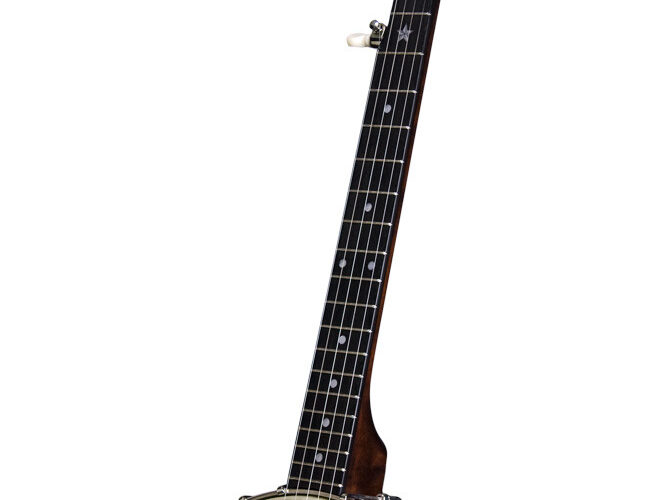The banjo is an ancient instrument, used across various genres of music. Its versatility allows it to fit seamlessly with classical pieces due to its diverse sound palette that easily complements other instruments.
There are various kinds of banjos, each featuring its own design and tuning characteristics. Here are a few things you should keep in mind before selecting one for yourself.
Five-string banjo
There are various types of banjos, with five-string banjos being the go-to instrument for classical music. Usually played fingerstyle with a clawhammer, some folk players and pop/rock musicians also use flatpicking techniques when performing with this instrument.
The five-string banjo has become a versatile instrument that is frequently employed across various musical genres, from country and bluegrass to pop and jazz. Notable country artists such as Taylor Swift and Keith Urban play this instrument.
Another type of banjo is the plectrum banjo, which uses a special pick and allows players to create various sounds including the tremolo technique.
When purchasing a banjo, it is essential to carefully evaluate its features. Verify that its head, neck and bridge are in good condition before purchasing from a reputable manufacturer for optimal sound output.
Long-neck banjo
Long-neck banjos are popular choice among classical musicians because of their deep sound. Additionally, these instruments are pitched in E instead of G, making it easier for baritone vocalists to play them and opening up new chords possibilities.
Metal tone rings on these banjos help direct the sound produced inside its body towards listeners. This type of banjo tends to be less expensive than its resonator-style counterpart and makes an excellent starting point for beginner players looking to explore bluegrass or folk music.
There is a range of banjo models to select, such as four-string, five-string and six-string options. Selecting one that best matches your musical style is key. So take time when selecting your chosen banjo to ensure its success!
Removable resonator
Removable resonators are round wooden pieces that connect to the back of a banjo body and allow users to choose whether their banjo should be played without or with a resonator (folk music style) or use one for bluegrass or jazz styles.
Resonator banjos produce brighter, richer sound than their open-back counterparts and may provide greater comfort for players with long arms.
Some banjo manufacturers offer snap-on resonators that attach or detach quickly – perfect if you like switching up the style of music you play frequently!
However, if you want to switch from old-time to bluegrass playing style, simply removing the resonator will not guarantee better sound; other parts must still be adjusted so as to achieve bluegrass-esque tone; picking, tuning and resoling are all part of this process.
Acoustic banjo
The acoustic banjo is an instrument with a stringed body and membrane stretched over it to serve as a resonator, used widely across many genres of music including folk, bluegrass and country.
The banjo is widely acknowledged for its presence in classical music works by Kurt Weill and Viktor Ullmann, while being an essential instrument in traditional American and Caribbean musical traditions.
Banjos can often be tuned using reentrant tuning, where the pitches of each string don’t progress from lowest to highest along the fingerboard. However, this method may prove challenging with short fifth strings such as these.
A capo is an accessory designed to make playing the fifth string easier on a banjo, either installed at the sixth fret or another location. This device helps shorten the vibrating part of each string so players can better hold it against their frets.





